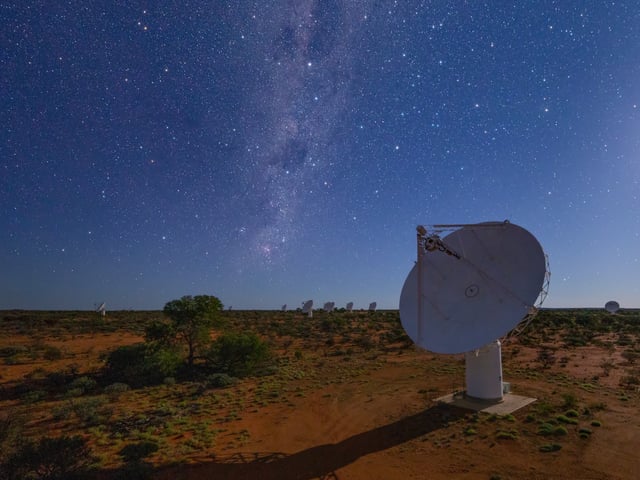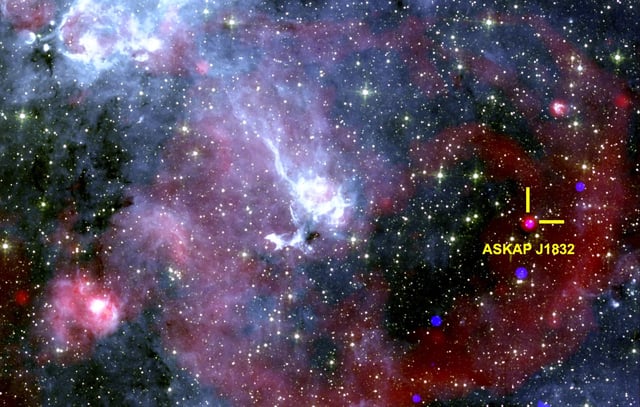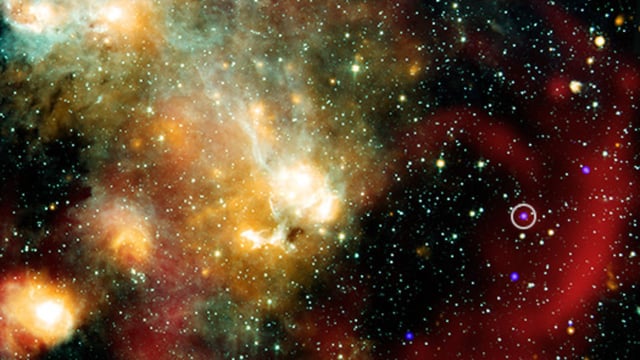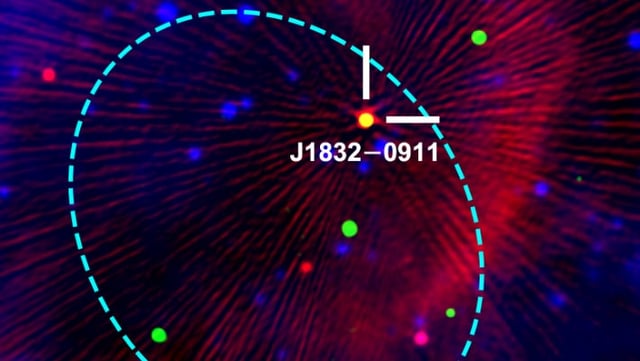Overview
- ASKAP J1832-0911 emits simultaneous X-ray and radio bursts lasting roughly two minutes every 44 minutes, a pacing unmatched by known pulsars.
- Initial Chandra and ASKAP measurements in February 2024 recorded strong emissions in both wavelengths, marking the first such dual detection among long-period transients.
- An August 2024 follow-up found the radio signal dimmed by a factor of 1,000 and X-rays vanished, deepening the puzzle over its changing behavior.
- The source is located about 15,000 light-years away in the Milky Way’s Scutum constellation, appearing behind the shell of a supernova remnant.
- Researchers are weighing explanations ranging from magnetars to white dwarf binaries but emphasize that additional observations will be needed to pinpoint its nature.



